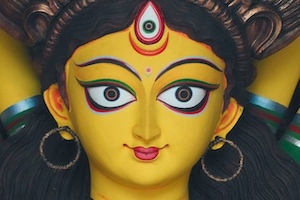West Bengal Madhyamik exams: Girls outnumber boys in continuation of trend
Indian Express | 17 February 2025The West Bengal Board of Secondary Education’s Madhyamik Class 10 exams began on February 10. This year, 9,84,910 students are participating in the exams. Approximately 5,55,000 are girls, and 4,28,000 are boys. This means that girl candidates outnumbered boy candidates by around 1,27,000.
According to sources in the education department, this trend has been consistent for nearly 14 years. Sources in the education department said this was because of several initiatives the state government took to prevent child marriages and promote girls’ education.
According to statistics from the state education department, in 2011, the number of girls who took the Madhyamik exams outnumbered boys by approximately 25,000. In 2016, the percentage of girl students appearing for the exams was nine per cent higher than that of boys, and in 2018, it increased to 12 per cent higher than the boys’ percentage. Sources indicated that during the Covid pandemic in 2021 and 2022, 11 per cent more girl students participated in exams than boys. This increase in the number of girls exceeding boys is attributed to various state government schemes encouraging girls to pursue education.
Over the years, the state government has introduced several schemes, such as Kanyashree (financial aid for girl child education) and Sabooj Sathi (free cycles for students). According to officials, the state government has implemented several schemes to empower women, such as Laxmi Bhandar, Rupashri Prakalpo, and Sastho Sathi (which provides health care in the name of the woman of the household).
However, there are concerns regarding the dropout rates among boy students in rural areas. Sources in the department indicate that many boys, especially in rural areas, drop out of school to seek employment. Officials report that numerous schemes are available to encourage girls to continue their education. In contrast, boys often leave school as they migrate to other states in search of work to help support their families.
